Julio A. Alonso9781860945519, 1-86094-551-1
Table of contents :
Contents……Page 10
Foreword……Page 8
Acknowledgments……Page 16
1.1 The Field of Clusters……Page 18
1.2.1 Van der Waals clusters……Page 20
1.2.2 Metal clusters……Page 21
1.2.3 Clusters of ionic materials……Page 22
References……Page 23
2.1.1 Chemical reaction in a liquid medium……Page 24
2.1.2 Irradiation of a solid……Page 25
2.1.4 Condensation on a substrate……Page 26
2.4 Supersonic Nozzle Sources……Page 27
2.4.1 Kinetics of coagulation……Page 29
2.4.3 Gas aggregation sources……Page 30
2.5 Mass Analysis……Page 31
References……Page 35
3.1 Structure of Van der Waals Clusters……Page 38
3.2 Transition to the Bulk……Page 45
3.3.1 Solid to solid transitions……Page 48
3.3.2 Melting transition……Page 50
3.3.3 Mixed inert gas clusters……Page 59
3.3.4 Liquid to gas phase transition in hydrogen clusters……Page 60
3.4.1 Delocalized electronic states of excess electrons……Page 63
3.4.2 Core level spectroscopy……Page 67
3.5 Clusters of SF6 and C02 Molecules……Page 69
3.6 Interaction with Ultrafast Laser Pulses……Page 71
References……Page 73
4.1 Experimental Observation of Electronic Shells……Page 76
4.2 Spherical Well Model of Metallic Clusters……Page 79
4.3 Electronic Shell Effects in Large Clusters……Page 86
4.4 Spheroidal Deformations of the Cluster Shape……Page 91
4.5 A Full Description of the Cluster Structure……Page 94
4.6 Shells of Atoms……Page 100
4.7.1 Spherically Averaged Pseudopotential Model……Page 103
4.7.2 Cylindrically Averaged Pseudopotential (CAPS) Model……Page 105
4.8.1 Aluminum clusters……Page 106
4.8.2 Boron clusters……Page 108
References……Page 109
5.1 Ionization Potential and Electron Affinity……Page 114
5.2 Odd-Even Effects……Page 121
5.3 Temperature Dependence of the Ionization Potential……Page 125
5.4 Hardness and Reactivity……Page 127
5.5 Mass Spectrum Obtained at Near-Threshold Ionization Energies……Page 130
5.6 Response to a Static Electric Field……Page 133
5.7.1 Relation between theory and experiment……Page 137
5.7.2 Sum rules……Page 141
5.7.3 Calculation of the dynamical susceptibility……Page 145
5.7.4 Spherical clusters……Page 147
5.7.5 Effect of shape deformations……Page 152
5.7.6 Effect of the ion granularity……Page 155
5.7.7 Vibrational structure of the optical response……Page 160
5.7.8 Thermal line broadening……Page 162
References……Page 164
6.1.1 Experiments for large alkali clusters……Page 170
6.1.2 Calorimetric measurements of melting of medium size clusters……Page 173
6.2.1 Computer simulations using approximate methods……Page 179
6.2.2 Ab initio simulations……Page 185
6.3 Clusters with Abnormally High Melting Temperature……Page 187
6.4 Optical Properties and Melting……Page 192
6.5.1 Surface and Coulomb forces……Page 193
6.5.2 Models and calculations of cluster fission……Page 196
6.6 Optical Response Along the Fission Path……Page 208
6.7 From Fission to Fragmentation to Coulomb Explosion……Page 210
6.8 Caloric Curves of Fragmenting Clusters……Page 215
References……Page 217
7.2 Alloying Effects in Alkali Metal Clusters……Page 222
7.3 Collective Electronic Excitations……Page 225
7.4 Divalent and Monovalent Impurities in Alkali Metal Clusters……Page 227
7.5 Higher Valence Impurities……Page 232
7.6 Impurities in Aluminum Clusters……Page 237
References……Page 242
8.1.1 Electronic shell effects……Page 246
8.1.2 Interplay between d and s electrons……Page 248
8.1.3 Structure……Page 249
8.1.4 Special properties of gold clusters……Page 251
8.1.5 Optical properties……Page 253
8.2 General Bonding Properties in Clusters of Transition Metals……Page 255
8.3 Electronic and Atomic Structure……Page 257
8.3.1 Nickel clusters……Page 258
8.3.2 Iron clusters……Page 261
8.3.3 Niobium clusters……Page 262
8.3.4 Titanium and Vanadium clusters……Page 265
8.3.5 Chromium clusters……Page 267
8.4 Thermionic Emission from Refractory Metal Clusters……Page 270
8.5 Nonmetal to Metal Transition……Page 273
8.6 Atomic Shell Effects……Page 276
8.6.1 Reactivity of Ni clusters……Page 277
8.6.2 Shell effects in other clusters……Page 282
8.7 Gold Clusters with Impurities……Page 283
8.8 Doubly Charged Clusters……Page 285
References……Page 287
9.1 Some Basic Concepts……Page 294
9.2 Size Dependence of the Magnetic Moments……Page 296
9.3 Magnetic Shell Models……Page 299
9.4 Temperature Dependence of the Magnetic Moments……Page 304
9.5.1 Tight-binding studies……Page 306
9.5.2 Influence of the s electrons……Page 315
9.6.1 Nickel clusters……Page 316
9.6.2 Iron and and Chromium clusters……Page 317
9.7.1 Clusters with less than ten atoms……Page 318
9.7.2 Clusters with more than ten atoms……Page 322
9.8 Magnetism in Clusters of the 4d Metals……Page 323
9.8.1 Rhodium clusters……Page 324
9.8.2 Ruthenium and Palladium clusters……Page 326
9.9 Effect of Adsorbed Molecules……Page 327
9.10 Determination of Magnetic Moments by Combining Theory and Photodetachment Spectroscopy……Page 329
9.11 Noncollinear Magnetism……Page 331
References……Page 333
10.1 Nearly Stoichiometric Metal Halide Clusters……Page 338
10.2 Nonstoichiometric Metal Halide Clusters……Page 342
10.3 Small Neutral Clusters……Page 343
10.4 Structural Transitions……Page 346
References……Page 349
11.1.1 Discovery of the fullerenes……Page 350
11.1.2 Electronic structure of C60……Page 353
11.1.3 Other fullerenes……Page 355
11.2 Fullerene Collisions……Page 357
11.2.1 Collisions at medium to high energies……Page 358
11.2.3 Collisions with surfaces……Page 359
11.3.1 Alkali metal coverage……Page 360
11.3.2 Coverage by other metals……Page 362
11.4.1 Fullerenes……Page 365
11.4.2 Medium size clusters……Page 367
11.4.3 Coated fullerenes……Page 369
11.4.4 Multilayered fullerenes……Page 370
11.5.1 Structure and infrared vibrational spectroscopy……Page 372
11.5.2 Other physical properties of metcars……Page 376
11.5.3 Chemical reactivity……Page 377
11.6 Other Metal-Carbon Clusters: from Small Clusters to Nanocrystals……Page 378
References……Page 381
12.1 General Principles……Page 386
12.2 Crystalline Intermetallic Compounds Containing Clusters……Page 388
12.3 Boron Clusters in Solids……Page 393
12.4.1 (C60)N clusters……Page 395
12.4.2 Fullerene solids……Page 400
12.4.3 Alkali-doped fullerene solids……Page 402
12.4.4 Melting in assemblies of C60 clusters……Page 404
12.5.1 Al12X clusters with 40 valence electrons……Page 408
12.5.2 Assembling of AlI3H clusters……Page 410
12.5.3 Assembling of superionic cluster-solids……Page 413
References……Page 414
Index……Page 418
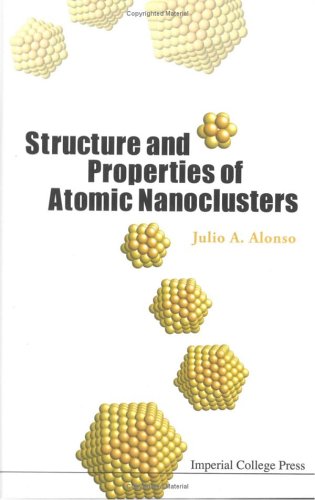
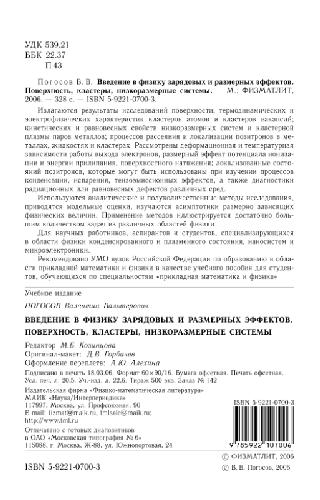

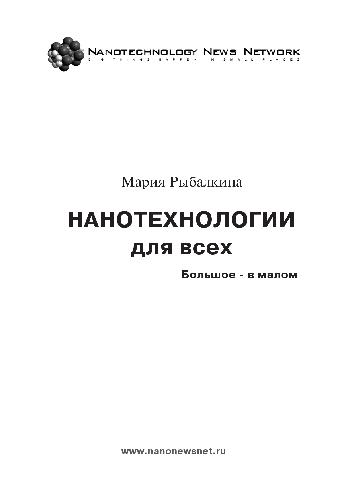
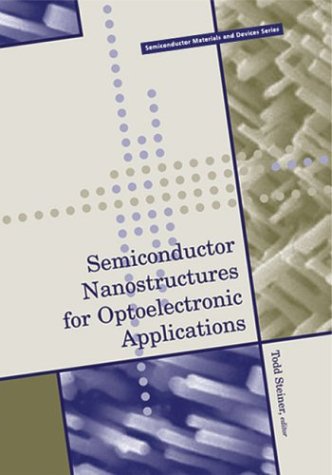
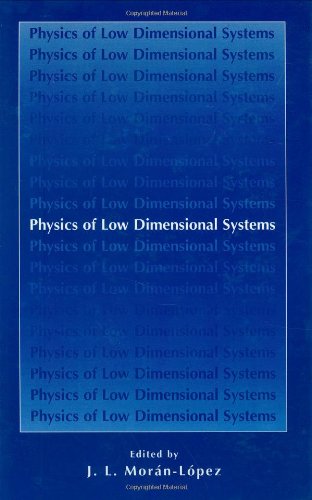
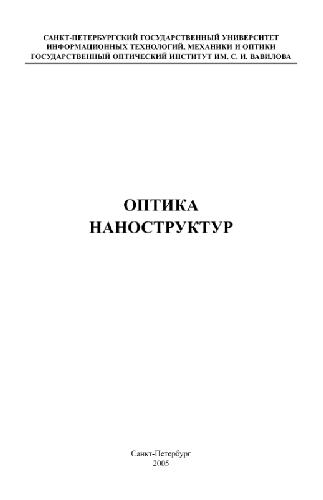
Reviews
There are no reviews yet.